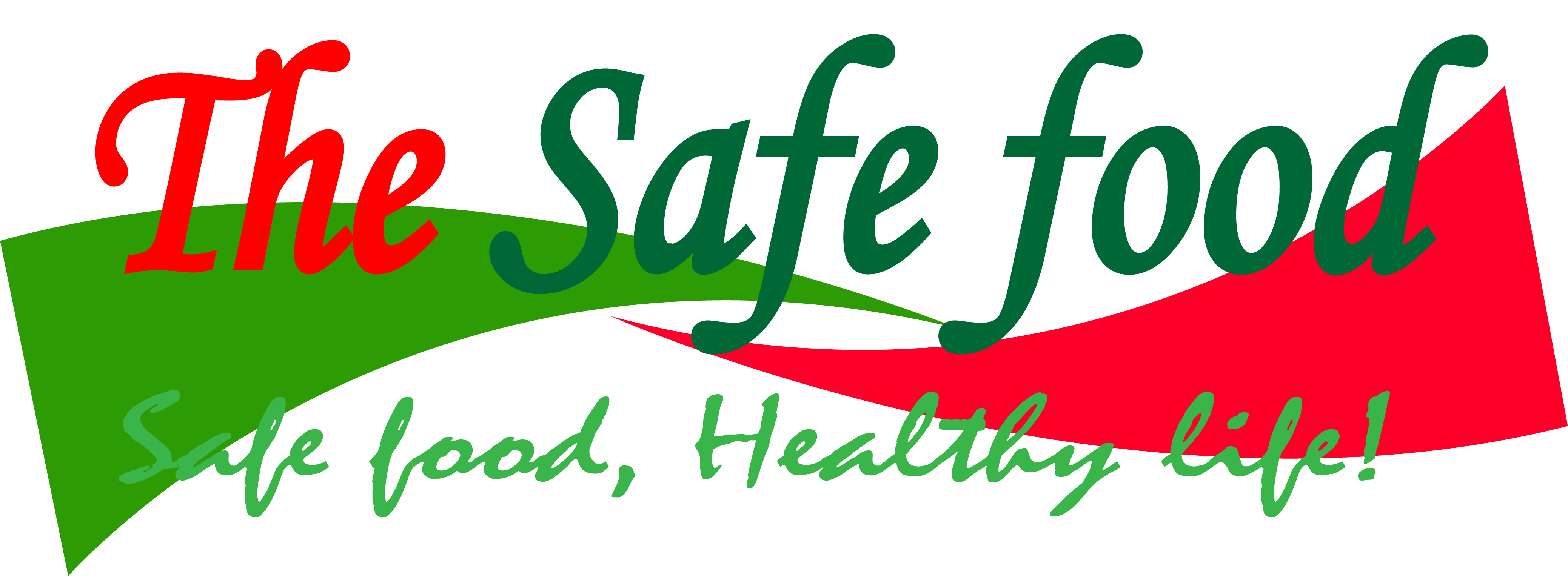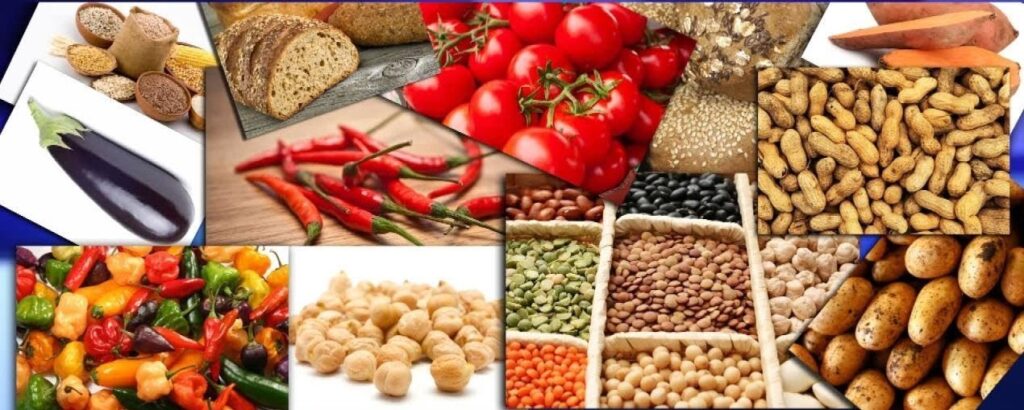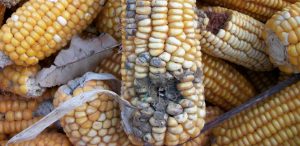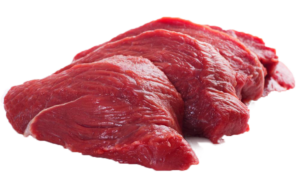1.1 Occurrence
Protease inhibitors are present in a variety of living species, including plants, animals as well as microorganisms. However, they are in abundance in plant. They are widely distributed among different botanical families in the plant kingdom. Inhibitors of digestive enzymes are found not only in legumes, such as lima beans, soya beans and kidney beans, but also in almost all plant foods, including cereals as well as potatoes in far smaller quantities. They are commonly found in seeds, but they are also found in tubers and leaves. In these pieces, as many as 1 to 10% of proteins may be protein inhibitors (1,2).
Various types of inhibitors can be found in a single tissue, such as barley grains, soya beans and potato tubers. Their inclusion in valuable plant foods and their potential role in nutritional and medicinal properties have drawn the interest of nutritionists. Plants usually accumulate lectins and proteinaceous protease inhibitors in their various tissues, often at high concentrations. The purpose of these proteins is to act as a protection against insects (3–5), antifungal as well as antibacterial (4).
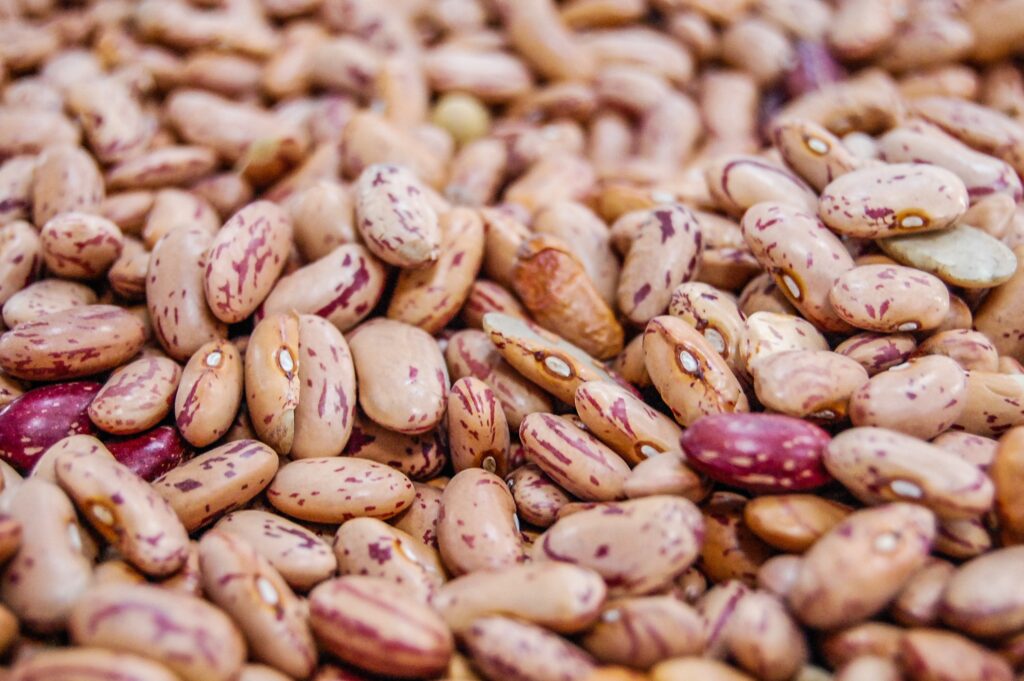
1.2 Chemistry
Protease inhibitors include proteins with molar mass values ranging from 8000–10,000, although there are a few significant exceptions (6).
They are compounds that reduce the rate of enzyme-catalyzed reactions by mimicking the protein substrate by binding to the active site of the enzyme. They are unique to the active site of a given class of proteinases (1).
Protease inhibition occurs through the creation of a complex between the enzyme and the inhibitory molecule, which may interact with many biological processes and hormone production pathways (4).
Protease inhibition occurs through the creation of a complex between the enzyme and the inhibitory molecule, which may interact with many biological processes and hormonal process pathways (4).
Inhibitors vary in specificities; most food inhibitors inhibit trypsin and many inhibit chemotrypsin. This has an effect on the nutritional quality of food. For instance, potato juices exhibit protease inhibitors that display a wide range of enzyme inhibition. Most of them inhibit chymotrypsin and trypsin, or both (6).
1.3 Toxicology
These proteins are antinutritional and decrease the digestibility of carbohydrates and proteins. The presence of protein inhibitors in food reduces the apparent nutritional content of proteins in food.
For example, exposure to foods containing 0.1% of the soya bean or potato trypsin inhibitors has been shown to induce pancreatic pathology in rodents (1). Furthermore, trypsin inhibitor from soy could cause pancreatic lesions.
Owing to inhibition of digestion, certain toxic peptides resulting from the partial digestion of gliadins activate a particular immune response in the tissues of the small intestine in some susceptible individuals. This process results in detrimental changes in the epithelial cells of the villi on the intestinal surface. The gastrointestinal mucosa thus loses its capacity to absorb nutrients (7).
Their toxicity is normally eliminated by heat treatment at an appropriate temperature for the proper time (7).
